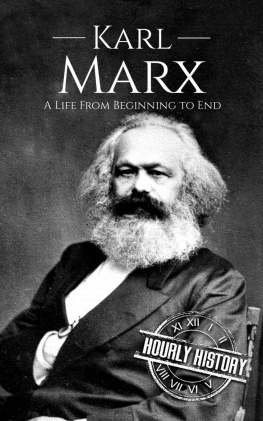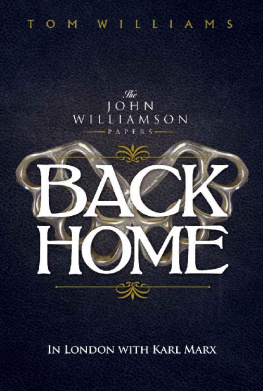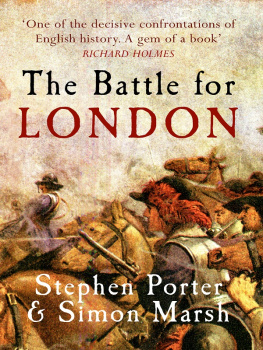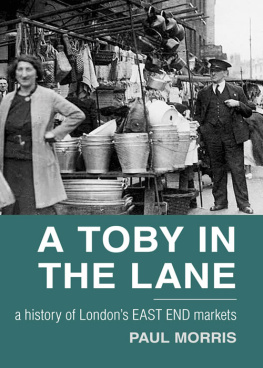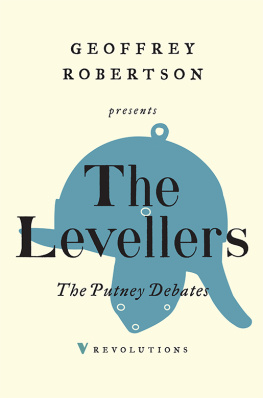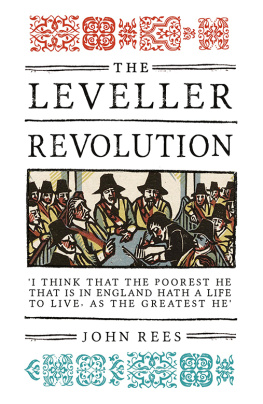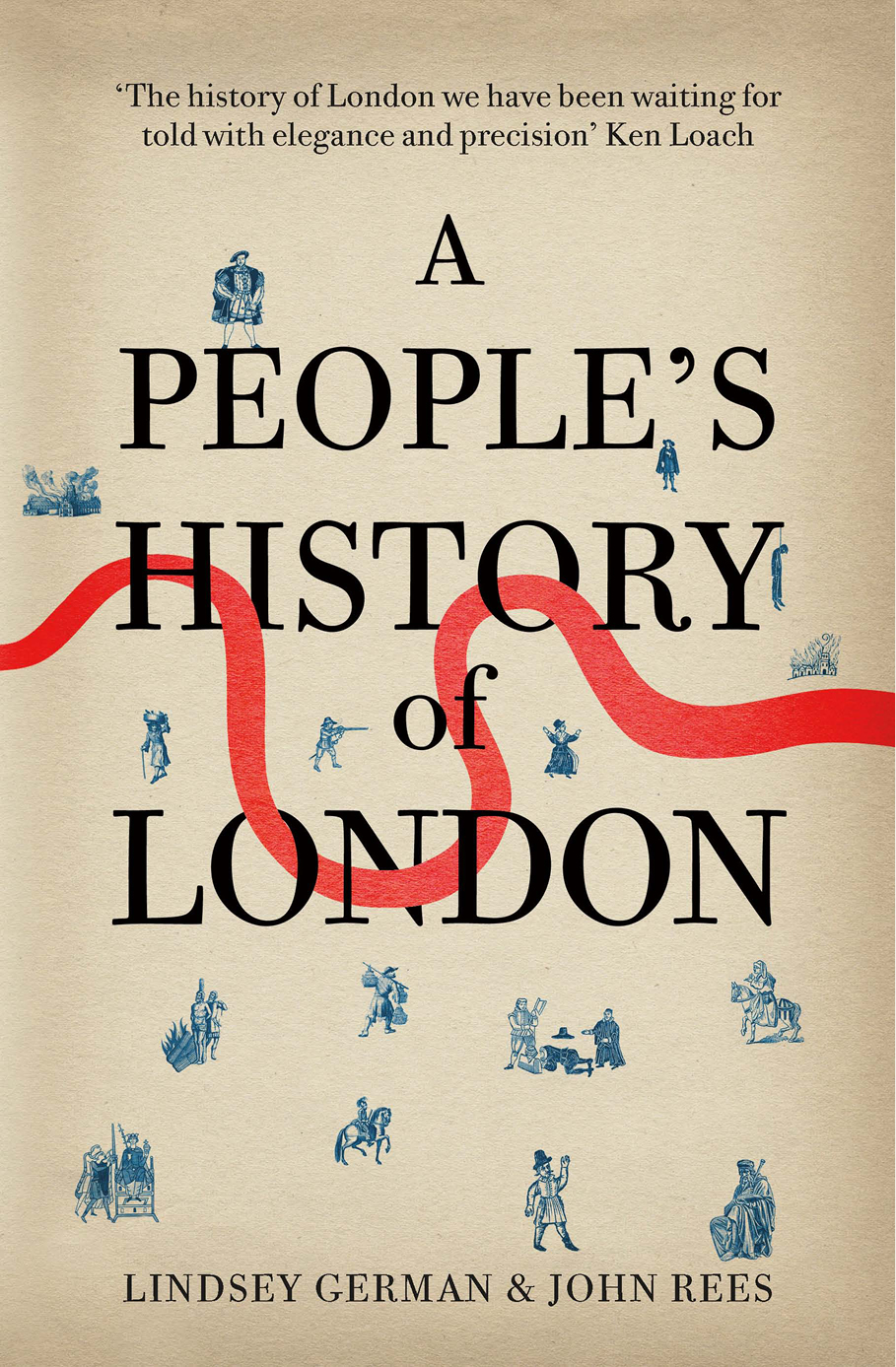
A Peoples History of London

Lindsey German and John Rees

First published by Verso 2012
Lindsey German and John Rees 2012
All rights reserved
The moral rights of the authors have been asserted
1 3 5 7 9 10 8 6 4 2
Verso
UK: 6 Meard Street, London W1F 0EG
US: 20 Jay Street, Suite 1010, Brooklyn, NY 11201
www.versobooks.com
Verso is the imprint of New Left Books
Epub ISBN-13: 978-1-84467-914-0
British Library Cataloguing in Publication Data
A catalogue record for this book is available from the British Library
Library of Congress Cataloging-in-Publication Data
German, Lindsey.
A peoples history of London / Lindsey German and John Rees.
p. cm.
Includes bibliographical references.
ISBN 978-1-84467-855-6 -- ISBN 978-1-84467-914-0 (ebook)
1. London (England)--History. 2. London (England)--Social conditions. 3. Social reformers--England--London--History. 4. Dissenters--England--London--History. I. Rees, John, 1957- II. Title.
DA677.1.G47 2012
942.1--dc23
2012010609
Contents
Acknowledgements
This book has obscure origins in an idea that David Shonfield once suggested for a Radical Walks in Britain guide. We suggested it to Tariq Ali, and then we all forgot about it for a couple of years. Tariq recalled the plan and transmuted it into an offer to write this book. Tom Penn, Leo Hollis and Dan Hind at Verso have made it happen. We are grateful to all of them. We are indebted to Neil Faulkner, who knows a lot about most things and something about everything; we have plundered his knowledge without restraint. Dominic Alexanders knowledge of the medieval world was put at our service and the relevant chapter would clearly be poorer without it. David Shonfield provided many insights and suggestions as he read the draft. Our long-time comrades and friends at the Stop the War Coalition, Chris Nineham, Andrew Murray, and Andrew Burgin read and commented on the whole book with their usual kindness and perspicacity. Kate Connolly was generous with her marvellous work on the Suffragette movement and Peter Morgan supplied the Oscar Wilde story. Jane Shallice, Feyzi Ismail, Mike Simons, Paul Cunningham and John Westmoreland have all been generous with encouragement and suggestions along the way. We are very grateful to all of them.
John Rees
Lindsey German
London, 5 November 2011
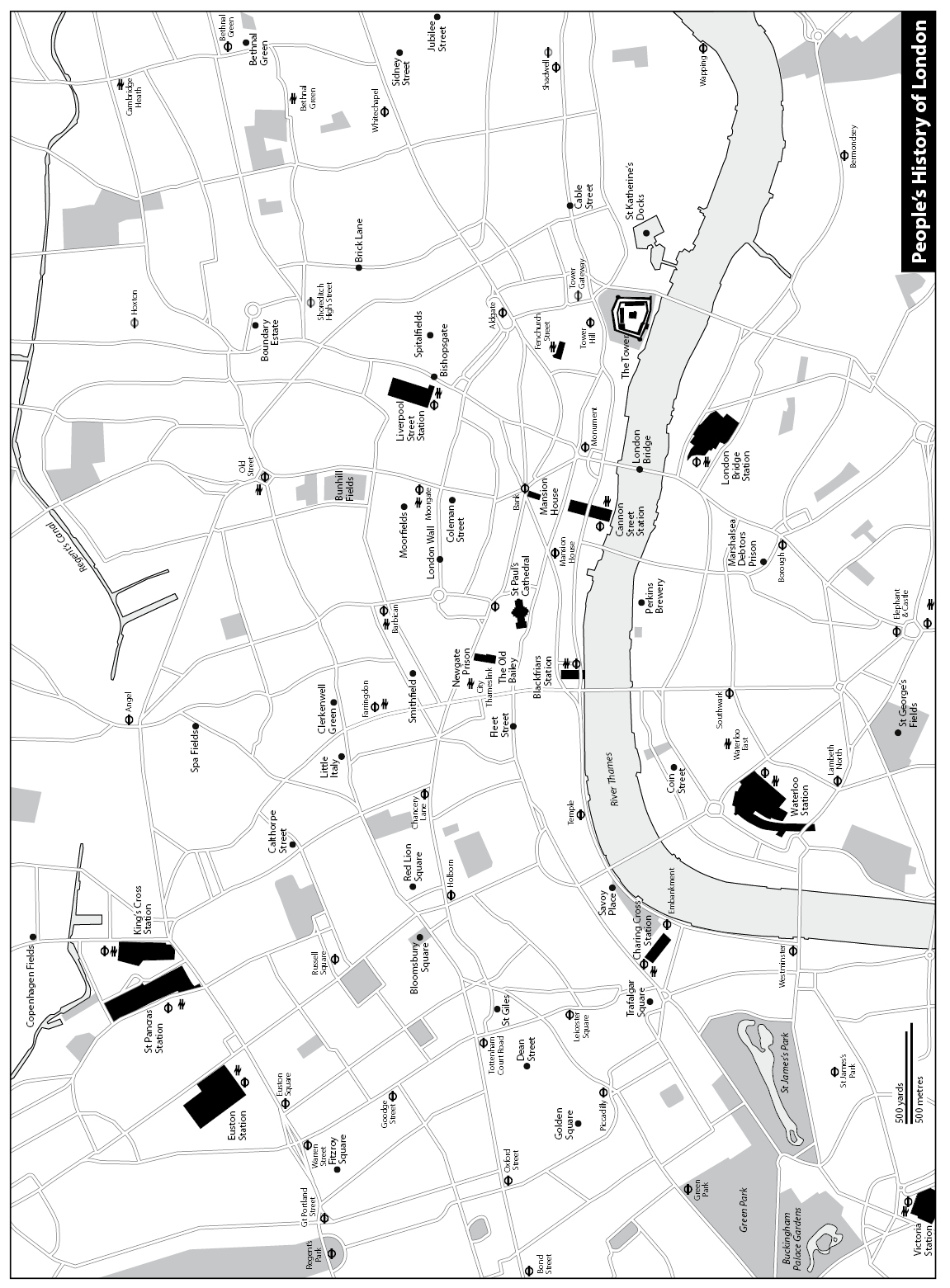
Introduction
Joshua Virasami is twenty-one years old, black, and born and bred a Londoner. He grew up in West London and, like most of his fellow students, was working to pay his way through college. His job was in Costa Coffee at Heston motorway service station on the M4. But on 15 October 2011 Josh wasnt at work or college. He was in one of the oldest parts of his home city, the original site of the Roman Temple to Diana, the churchyard at St Pauls Cathedral. He was about to have a remarkable day.
Josh and some thousands of others were at St Pauls because it was the advertised starting point for a demonstration. The protestors intended to occupy the London Stock Exchange hence the name Occupy LSX. But the police prevented them from doing so, and in the game of cat and mouse that followed through the streets of the City of London the demonstrators took their last stand back where they started: on the steps of St Pauls Cathedral. There an impromptu rally took place and a tent city began to take shape. The protest grabbed the attention of the media, partly because it was one of many similar protests in eighty countries around the world, partly because it sparked a political crisis in the Church of England over whether the permanent protest camp that sprang up around the Cathedral should be forcibly removed. Not all of Joshs fellow protestors will have been aware of it as they struggled to resist the attempts by the police to remove them that evening, but many other radicals over many centuries had stood where they now stood.
In the stillness of that night at St Pauls, after the tents were erected, it was possible to imagine that the tolling of the bell was not that of the modern Cathedral but the sound of the Great Bell of the Jesus Tower, a free-standing bell tower in the courtyard of the medieval Cathedral, summoning the citizens of London to the one of the thrice yearly folkmoots at St Pauls Cross, the open-air pulpit. Attendance was compulsory until the fourteenth century and here papal bulls, news of military victories or royal marriages, excommunications and proclamations were read out. News of the victory of Agincourt was read on the Cathedral steps. William Tyndales English translation of the Bible was burnt here, so were the works of Martin Luther. Martyred Bishops Ridley and Latimer preached here. St Pauls Cross was only removed by order of Parliament in 1643 during the English Revolution.
Joshs seventeenth-century precursors, the apprentices of the City of London, were at the heart of the mass mobilizations that made the English Revolution. The apron youths, as the Leveller leader John Lilburne called them, would swarm St Pauls Churchyard. They were looking for print. By the time of the English Revolution St Pauls churchyard was a hive of political radicalism, the very centre of the printing industry. The houses around the Churchyard contained stationers premises, including printing presses. Booths around the Cathedral itself sold the pamphlets and newsbooks that were pouring from the presses in unprecedented numbers. The printed declarations of the Agitators in the New Model Army could be bought here. So could the pamphlets of the Levellers. So could the revolutionary works of John Milton, resident around the corner in Aldersgate Street. The nave of the Cathedral was used as a cavalry barracks for Cromwells army, and the statues of Charles I and his father, which had stood in Inigo Joness portico, were destroyed by troopers. The Levellers had particular reason to remember St Pauls Churchyard: one of their heroes, Robert Lockyer, was executed by a firing squad of musketeers for mutiny there in 1649.
It is unlikely that one of the actors in the drama of the Occupy movement, Canon Chancellor Giles Fraser, was not aware of this history. Long before he resigned as a result of his defence of the Occupy movements right to remain outside St Pauls he was based in St Marys Putney, the venue for the great Putney debates in which the Levellers and their allies in the New Model Army confronted Cromwell over the future direction of the revolution in 1647. He remains a supporter of the Leveller Association.
In the late 1830s the first great working-class movement, the Chartists, adopted an unusual agitational strategy: mass attendance at Sunday sermons. St Pauls Cathedral was one of their targets. On Sunday 11 August 1839, some 500 Chartists assembled in West Smithfield and marched to St Pauls. They wore, as protestors still do today, ribbons in their buttonholes to show support for the cause. At first they refused to take off their hats as they entered the Church but after some remonstrance from the Vergers, they submitted.
Not all protests at St Pauls have been as peaceful as the Chartists or the Occupy movement. In 1913 the Suffragettes planted a bomb under the bishops throne in the Cathedral. It failed to explode because the clockwork arming mechanism had been wound in the wrong direction. The Morning Post for 8 May 1913 reported that there is no doubt in the minds of the authorities that the contrivance was designed and placed there by someone associated with the militant Suffragist movement, since it was carefully wrapped in brown paper and in part of the recent issue of the militant newspaper The Suffragette . In the light of this careful police work there was, of course, outrage. The bishop of London preached a sermon in which he gave our thanks to Almighty God for taking care of His own Cathedral (cries of Amen) against the machinations of some miscreant who tried to wreck it last night... it was only an accident that the lever was turned by mistake to the right instead of the left... and therefore, we know that those who set themselves to do the Devils work often even cannot do that right.
Next page

